Aristocort Alternative Finder
Find Your Best Alternative to Aristocort
This tool helps you choose the right alternative to Aristocort based on your specific skin condition, location, and usage duration. Answer a few simple questions to get personalized recommendations.
Your Skin Condition
Key Considerations
Your answers will help determine the best alternative based on safety, effectiveness, and your specific needs.
Important factors to consider:
- Face and sensitive areas require less potent options to avoid skin thinning
- Mild conditions may respond well to non-steroid options
- Long-term use (>2 weeks) should avoid strong steroids
- Children should avoid strong steroids for prolonged periods
- Cost and availability are important factors
Recommended Alternatives
Best Match for Your Situation
| Medication | Strength | Best For | Duration | Side Effects | Cost (AUD, 30g) |
|---|---|---|---|---|---|
| Aristocort (triamcinolone) | Medium | Moderate eczema, psoriasis | Up to 2 weeks | Skin thinning, stretch marks | $25-$35 |
| Hydrocortisone 1% | Low | Mild itching, small rashes | Up to 7 days | Rare, but can worsen infections | $8-$12 |
| Desonide | Low-Medium | Facial eczema, sensitive skin | Up to 4 weeks | Mild burning, low risk of thinning | $30-$40 |
| Mometasone (Elocon) | High | Thick plaques, stubborn psoriasis | Up to 2 weeks | High risk of skin atrophy | $35-$45 |
| Tacrolimus (Protopic) | Non-steroid | Facial/eyelid eczema | Long-term | Burning on first use | $80-$120 |
| Crisaborole (Eucrisa) | Non-steroid | Mild eczema, daily use | Long-term | Minor burning | $70-$90 |
If you’ve been prescribed Aristocort (triamcinolone) for a stubborn rash, eczema, or allergic reaction, you’re not alone. But maybe you’re wondering: Aristocort works, but is it the best option? Are there cheaper, gentler, or more effective alternatives out there? This isn’t just about swapping one cream for another-it’s about matching the right treatment to your skin, your symptoms, and your life.
What Aristocort Actually Does
Aristocort contains triamcinolone acetonide, a medium-strength corticosteroid. It doesn’t cure eczema or psoriasis. Instead, it shuts down the inflammation that causes redness, swelling, itching, and flaking. Think of it like turning off a fire alarm when there’s smoke-your skin isn’t broken, it’s just overreacting.
Doctors commonly prescribe Aristocort cream or ointment for:
- Atopic dermatitis (eczema)
- Contact dermatitis (from poison ivy, nickel, or cosmetics)
- Psoriasis patches
- Severe insect bites or hives
- Chronic itching from unknown causes
It’s usually applied once or twice daily for up to two weeks. Longer use? That’s where risks start piling up-thinning skin, stretch marks, or even rebound flare-ups. That’s why knowing your alternatives matters.
Top Alternatives to Aristocort
Not all steroid creams are the same. Strength, formulation, and how your skin absorbs them make a big difference. Here are the most common alternatives, ranked by strength and use case.
Hydrocortisone (1%) - The Gentle Starter
Available over-the-counter, hydrocortisone 1% is the mildest option. It’s great for small, mild rashes-like a patch of dry, itchy skin from laundry detergent or a brief sunburn. But if your eczema is oozing or covering a large area? Hydrocortisone won’t cut it.
Real-world example: A mum in Melbourne uses hydrocortisone for her toddler’s cheek rash after a bout of drooling. It clears up in 3 days. But when her own elbow eczema flares up? Nothing happens. That’s when she switches to something stronger.
Desonide - The Middle Ground
Desonide is slightly stronger than hydrocortisone but still considered low-potency. It’s often used for sensitive areas like the face, groin, or underarms where skin is thinner. It’s less likely to cause skin thinning than triamcinolone, making it a smart choice for longer-term use under medical supervision.
Studies show desonide works just as well as triamcinolone for mild-to-moderate atopic dermatitis-with fewer side effects over 4 weeks. If you’ve used Aristocort and noticed your skin getting shiny or fragile, desonide might be your next step.
Mometasone (Elocon) - The Stronger Option
If Aristocort isn’t doing enough, mometasone furoate (sold as Elocon) is the next step up. It’s a mid-to-high potency steroid, more effective for thick, scaly plaques like those in psoriasis or stubborn eczema.
One 2023 clinical review found mometasone cleared psoriasis plaques 20% faster than triamcinolone in patients using it twice daily. But it’s not for everyday use. Used for more than two weeks, it increases the risk of skin atrophy-especially on the face or folds.
Calcineurin Inhibitors - The Non-Steroid Option
These aren’t steroids at all. Tacrolimus (Protopic) and pimecrolimus (Elidel) work by calming the immune system differently. They’re ideal for long-term maintenance, especially on the face, neck, or eyelids where steroids are risky.
They don’t cause skin thinning. But they come with a black box warning from the FDA about potential cancer risk in animal studies-though no proven link in humans after 20+ years of use. Many dermatologists consider them safer than long-term steroid use.
Price-wise, they’re expensive without insurance. But if you’ve been on Aristocort for months and your skin is getting worse, this is where you should talk to your doctor.
Crisaborole (Eucrisa) - The New Kid on the Block
Crisaborole is a non-steroidal, anti-inflammatory ointment approved for mild-to-moderate eczema in adults and kids over 2. It’s boron-based, works locally, and doesn’t suppress the whole immune system.
Studies show it reduces itching and redness within days. It’s not as strong as Aristocort for severe cases, but it’s perfect for daily use without the fear of skin damage. It’s also fragrance-free and non-greasy, which many users prefer.
Comparison Table: Aristocort vs. Alternatives
| Medication | Strength | Best For | Use Duration | Side Effects | Cost (AUD, 30g tube) |
|---|---|---|---|---|---|
| Aristocort (triamcinolone) | Medium | Moderate eczema, psoriasis, allergic rashes | Up to 2 weeks | Skin thinning, stretch marks, rebound flare-ups | $25-$35 |
| Hydrocortisone 1% | Low | Mild itching, small rashes, children | Up to 7 days | Rare, but can worsen fungal infections | $8-$12 |
| Desonide | Low-Medium | Facial eczema, sensitive skin, long-term maintenance | Up to 4 weeks | Mild burning, low risk of thinning | $30-$40 |
| Mometasone (Elocon) | High | Thick plaques, stubborn psoriasis | Up to 2 weeks | High risk of skin atrophy, telangiectasia | $35-$45 |
| Tacrolimus (Protopic) | Non-steroid | Facial/eyelid eczema, steroid-free maintenance | Long-term (as directed) | Burning on first use, rare cancer concern (unproven) | $80-$120 |
| Crisaborole (Eucrisa) | Non-steroid | Mild eczema, daily use, children | Long-term | Minor burning, no skin thinning | $70-$90 |
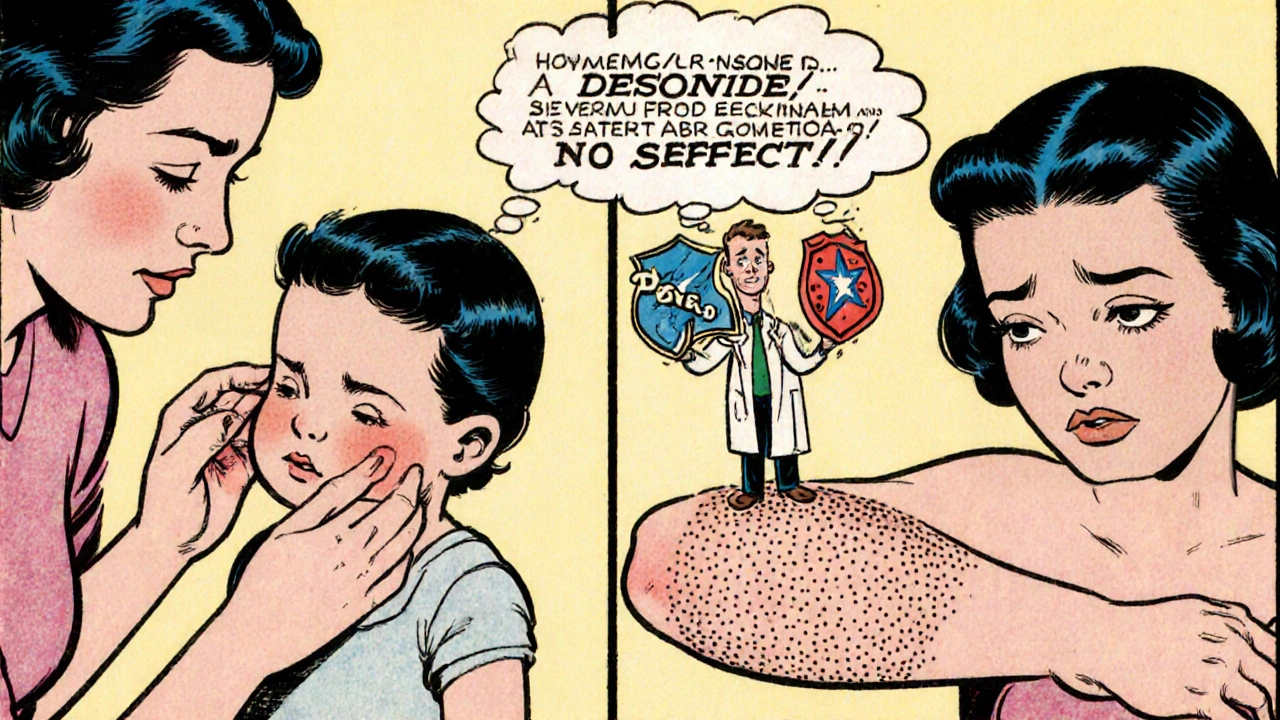
When to Switch from Aristocort
You shouldn’t stay on Aristocort longer than your doctor says. But here are signs you might need to switch sooner:
- Your rash clears but comes back worse every time you stop
- You notice fine lines or shiny, tight skin where you apply it
- You’re using it on your face, neck, or genitals and it’s been over a week
- You’ve been on it for more than 2 weeks without improvement
- You’re tired of the greasy feel or the smell
If any of these sound familiar, don’t just stop cold turkey. Talk to your pharmacist or GP. They can help you taper off safely and suggest a non-steroid alternative to maintain control.
What About Natural Remedies?
Coconut oil, oatmeal baths, aloe vera-these are popular. And yes, they can soothe. But they don’t stop inflammation like a steroid does.
A 2024 study in the Australian Journal of Dermatology found that while coconut oil improved skin hydration in children with eczema, it didn’t reduce redness or itching as effectively as 1% hydrocortisone. Aloe vera helped with mild burns but had no effect on psoriasis.
Think of natural options as comfort aids-not replacements. Use them alongside your prescribed treatment, not instead of it.
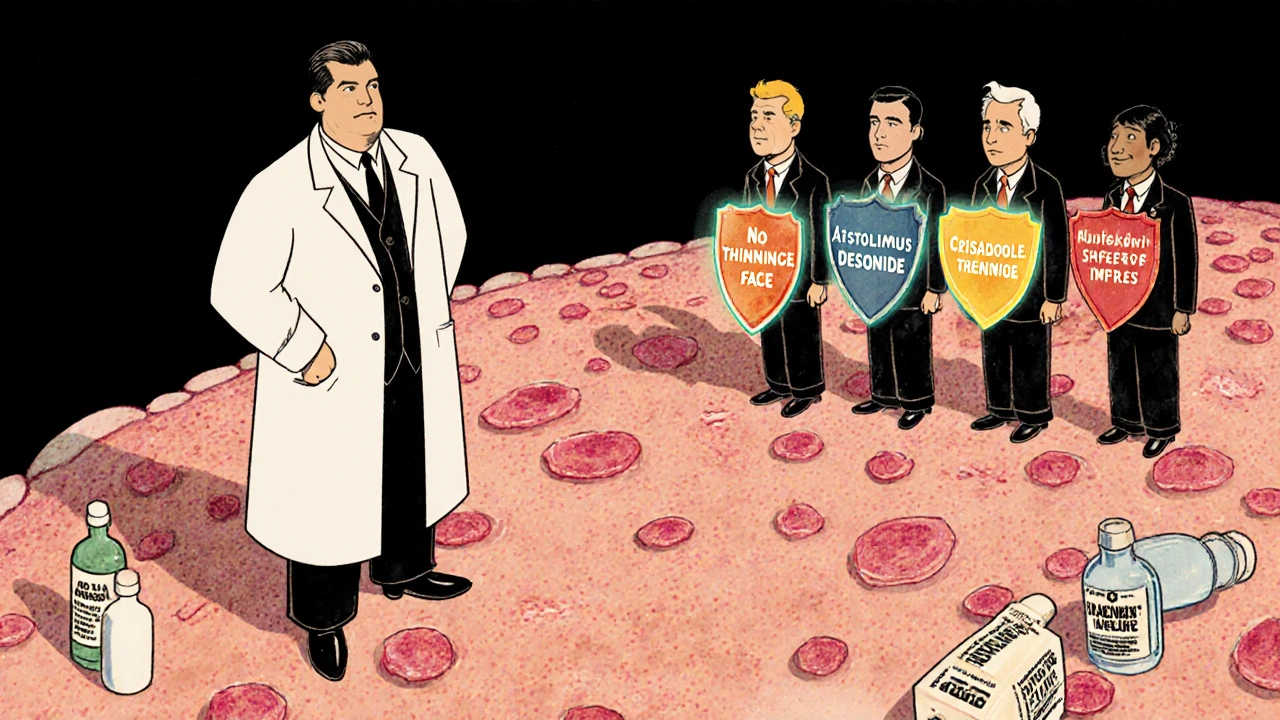
How to Choose the Right Alternative
Here’s a simple decision tree:
- Is your rash mild and small? → Try hydrocortisone 1%.
- Is it on your face or in a fold? → Ask about desonide or crisaborole.
- Is it thick, scaly, and hasn’t improved in 7 days? → Talk to your doctor about mometasone.
- Do you need something for daily use without side effects? → Consider tacrolimus or crisaborole.
- Are you using Aristocort daily for over a month? → You need a non-steroid plan now.
Don’t guess. Track your symptoms. Take a photo every 3 days. Note what triggers flares-stress, soap, weather. Bring that to your appointment.
Final Thoughts
Aristocort is a solid tool. But it’s not the only one-and it shouldn’t be your forever solution. The goal isn’t to find the strongest cream. It’s to find the safest, most sustainable one for your skin.
Many people end up cycling between steroids and natural fixes, never really getting control. The breakthrough comes when you combine the right medication with smart habits: moisturizing daily, avoiding irritants, and knowing when to step down from steroids.
If you’ve been stuck on Aristocort for too long, you’re not failing. You just haven’t found your next step yet. Talk to your pharmacist. Ask your doctor about alternatives. Your skin will thank you.
Can I use Aristocort on my face?
It’s not recommended. Aristocort is a medium-strength steroid and can cause skin thinning, visible blood vessels, or acne on the face. If you need treatment for facial eczema or rosacea, ask your doctor about desonide, tacrolimus, or crisaborole instead.
Is there a generic version of Aristocort?
Yes. Triamcinolone acetonide is available as a generic cream or ointment, often at half the price of the brand-name Aristocort. Check with your pharmacist-many Australian pharmacies stock it under names like Triamcinolone Cream 0.1%.
How long does it take for Aristocort to work?
Most people notice less itching and redness within 2-3 days. Full improvement usually takes 5-7 days. If you don’t see any change after a week, stop using it and see your doctor-it might not be the right treatment for your condition.
Can children use Aristocort?
Yes, but with caution. Doctors may prescribe low-dose Aristocort for kids with severe eczema, but only for short periods (under 7 days). For long-term use in children, non-steroid options like crisaborole or desonide are preferred to avoid growth or skin damage risks.
What happens if I stop Aristocort too quickly?
Stopping suddenly can cause a rebound flare-your rash comes back worse than before. This is called steroid withdrawal. To avoid it, your doctor may suggest tapering: using it every other day for a week, then every third day, before stopping completely.
Are steroid creams addictive?
No, they’re not addictive in the drug sense. But your skin can become dependent on them to control inflammation. That’s why long-term use without medical supervision is dangerous. The goal is to use them briefly to calm flares, then switch to maintenance treatments.

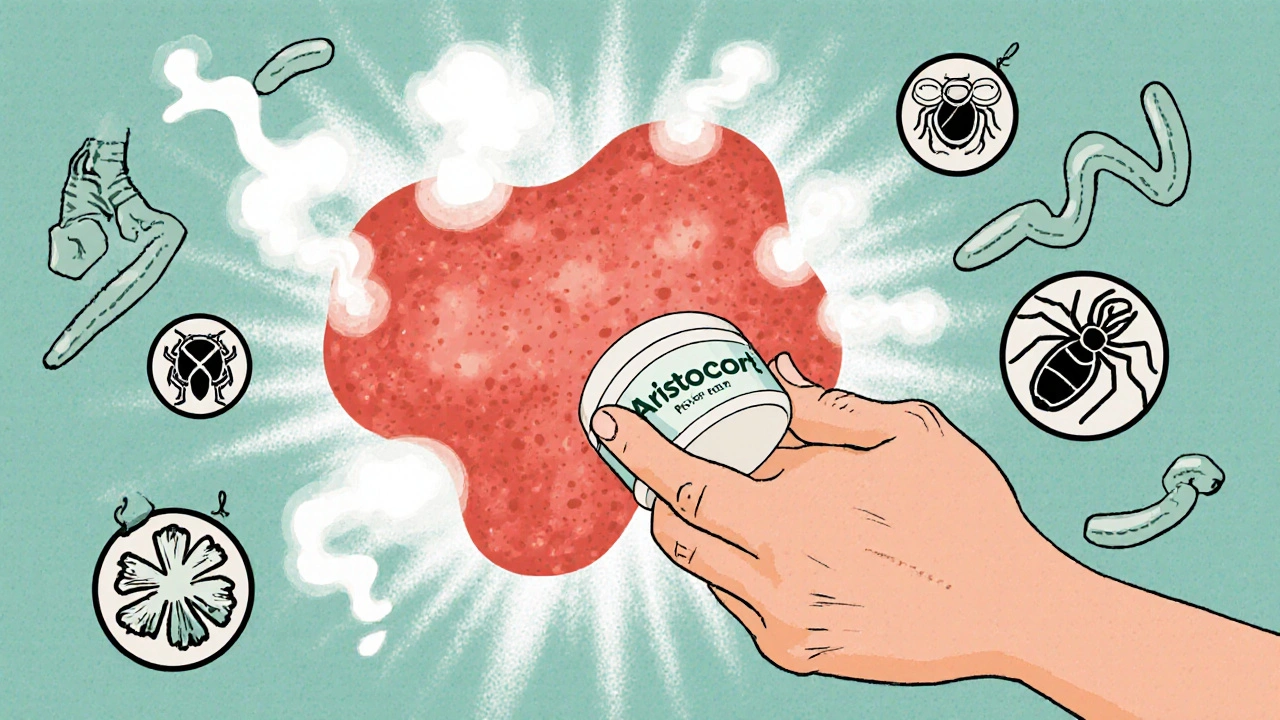
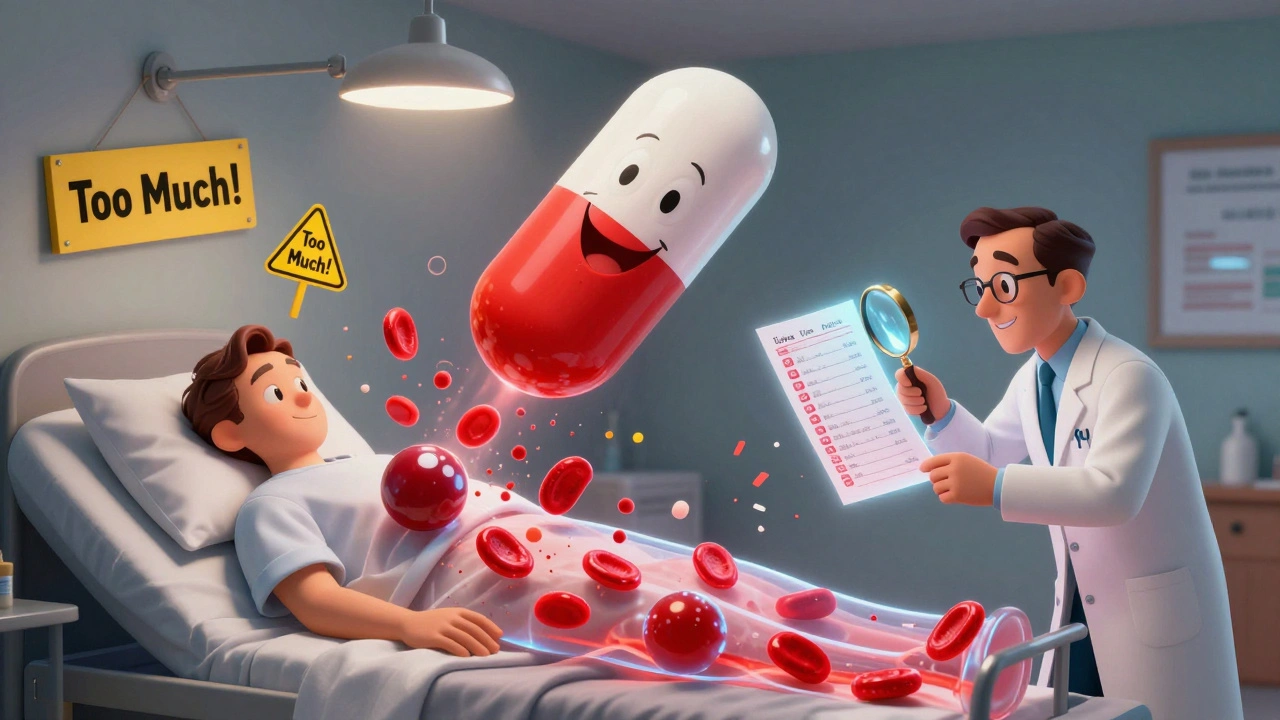
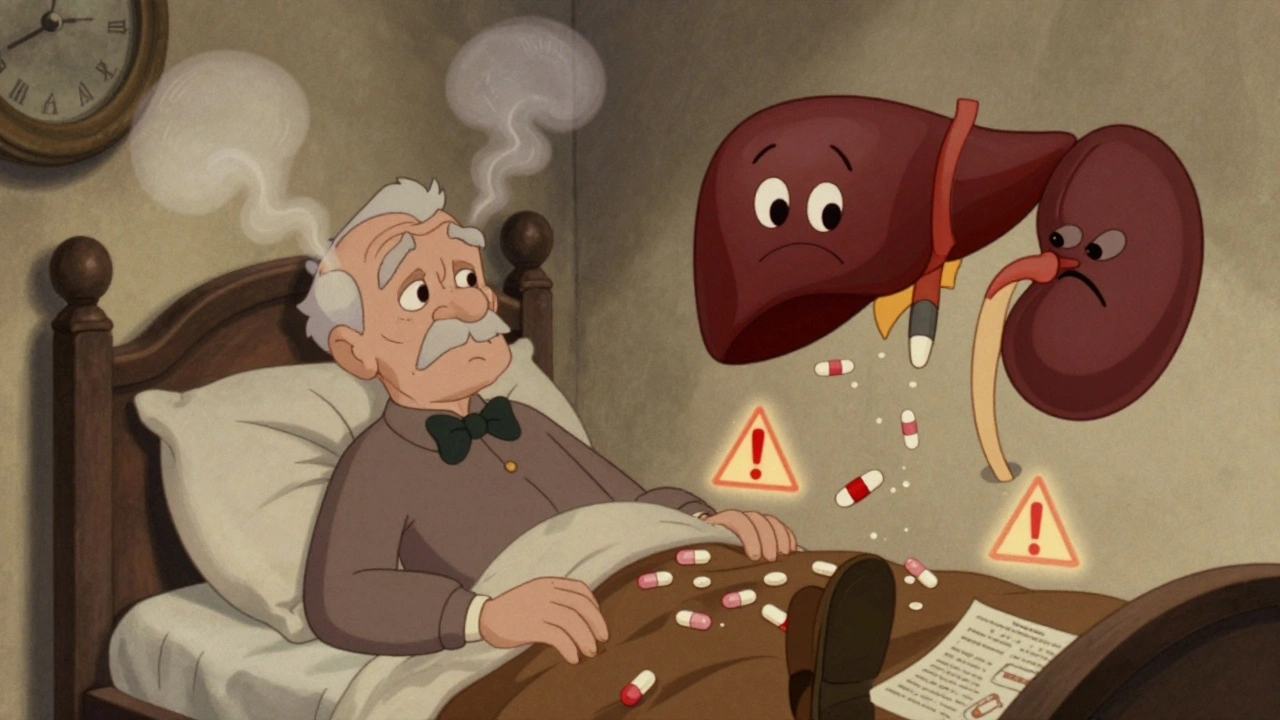
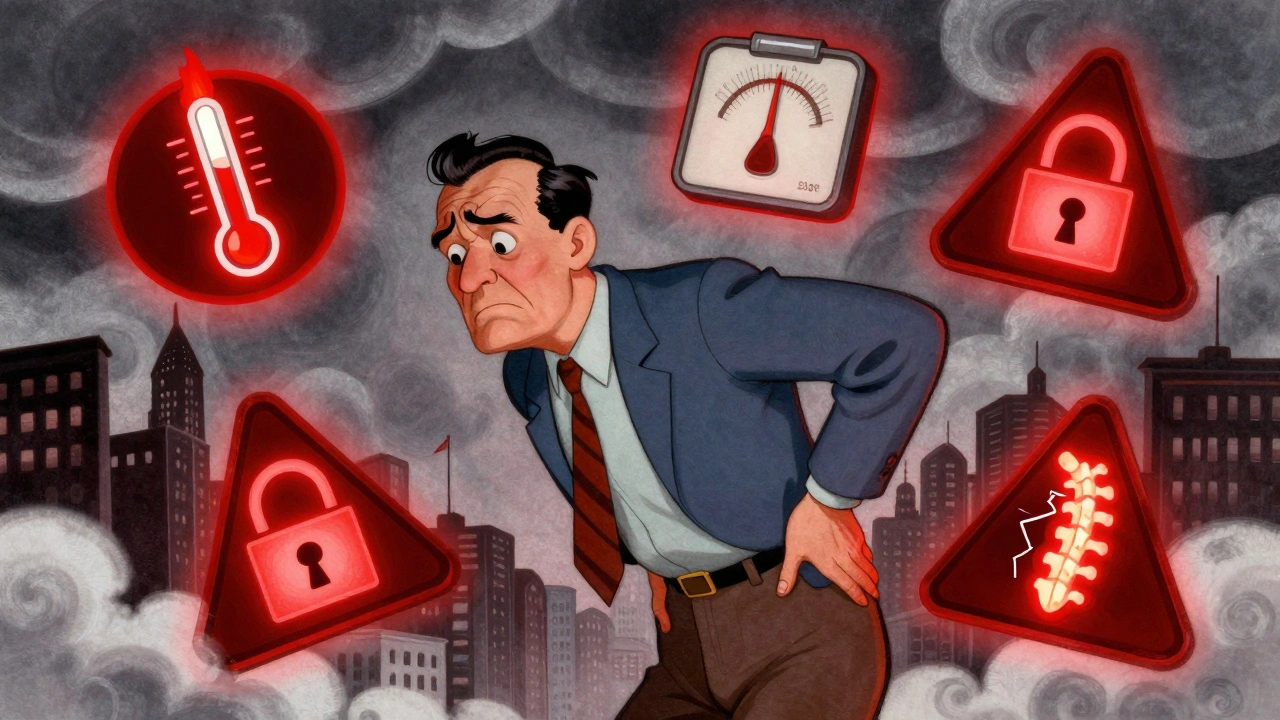
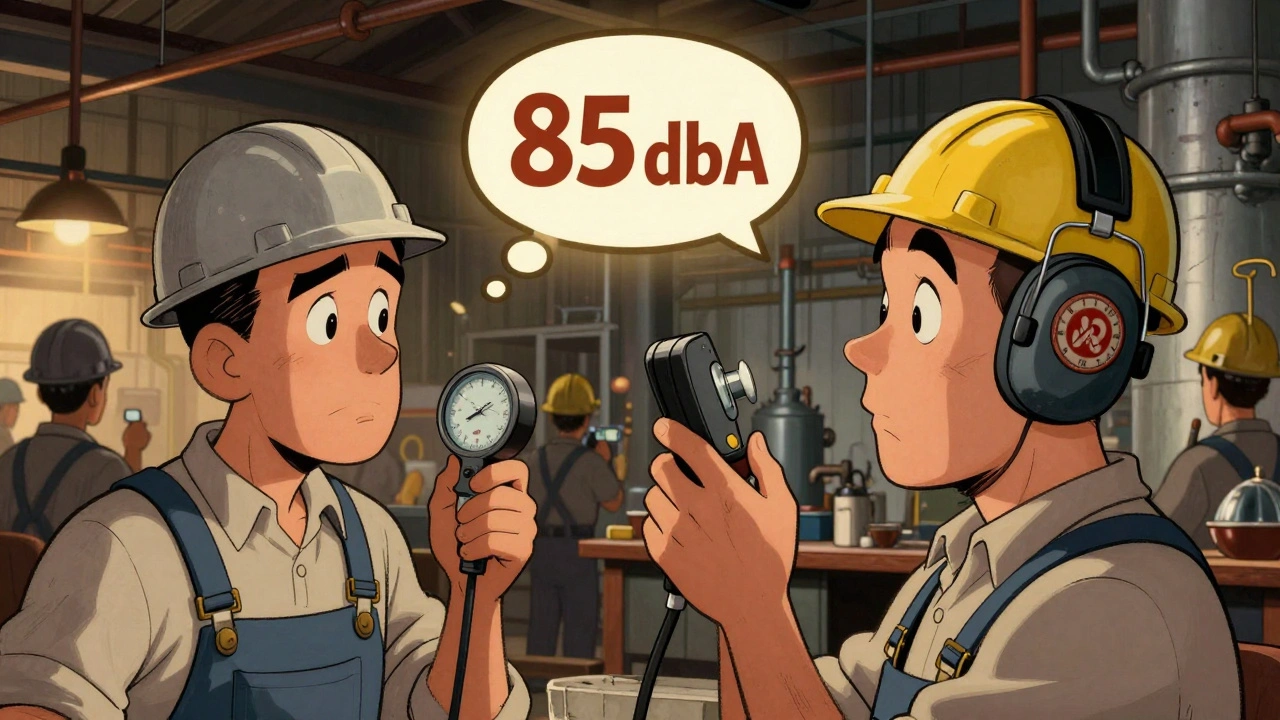
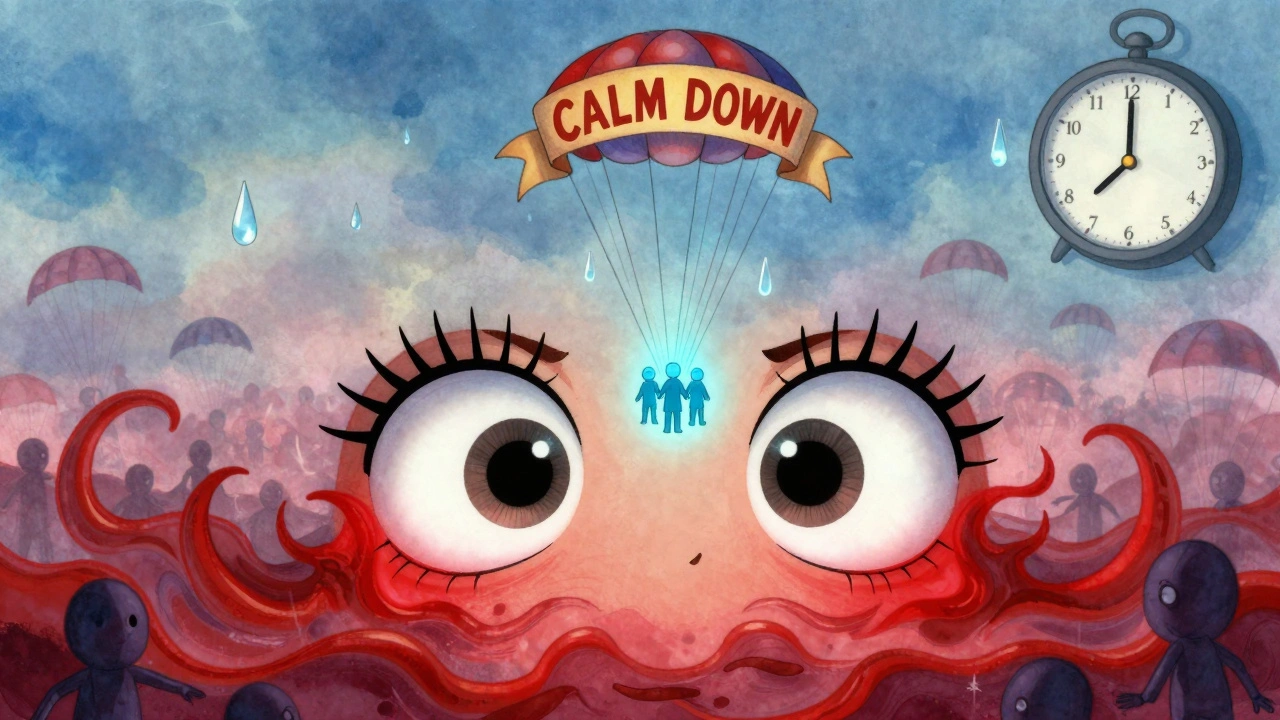
Oliver Myers
Thank you for this incredibly clear breakdown-seriously, this is the kind of post that makes Reddit worth scrolling through. I’ve been on Aristocort for six weeks because my dermatologist was ‘too busy’ to follow up, and I had no idea I was risking skin thinning. I switched to desonide last week and already feel like my face isn’t screaming at me anymore. You just saved me a trip to the ER.
John Concepcion
LMAO you people act like this is rocket science. It’s a steroid cream. Use it until it works, then stop. If your skin gets thin, you were using it wrong. Stop overcomplicating everything with ‘non-steroid alternatives’ and ‘maintenance plans.’ My grandma used hydrocortisone on her eczema for 40 years and never turned into a vampire. You’re all just scared of your own skin.
Caitlin Stewart
I’m a nurse in rural Texas, and I’ve seen so many patients rely on Aristocort because it’s the only thing their insurance covers. The cost difference between triamcinolone and crisaborole is insane-some folks skip doses just to make it last. This guide isn’t just helpful, it’s vital. If you’re reading this and can afford it, please share it with someone who can’t. We need more of these practical, no-BS resources.
Emmalee Amthor
Okay but… what if the real problem isn’t the cream… it’s the *system*? We’re told to treat symptoms, not causes. Why isn’t anyone talking about gut health? Or mold exposure? Or the fact that 78% of eczema cases in urban areas correlate with synthetic laundry detergents? I’ve been off steroids for 18 months now and my skin’s better than it’s been since I was 12. Just saying… maybe we’re all just polishing the coffin.
Alex Sherman
How quaint. You all treat dermatology like it’s a yoga retreat. Triamcinolone works because it suppresses the immune system. That’s its job. If you’re too squeamish for that, fine-go drink oatmeal tea and rub coconut oil on your face until you look like a wax figure. But don’t pretend your ‘holistic journey’ is medicine. Real science doesn’t apologize for being effective.
Saumyata Tiwari
In India, we’ve used neem paste and turmeric for centuries. No prescription. No corporate pharmacy markup. No ‘black box warnings.’ You Americans treat skin like it’s a broken phone-always needing a new ‘upgrade.’ Meanwhile, our grandmothers healed rashes with kitchen ingredients and zero side effects. Maybe the problem isn’t the cream… it’s your cultural arrogance.
Roy Scorer
There’s a deeper truth here: we’ve been conditioned to fear our own bodies. We don’t trust our skin to heal. We don’t trust nature. We don’t trust time. We hand over our autonomy to a 0.1% cream because the system told us to. Aristocort isn’t the villain-it’s the symptom. The real illness is the belief that you need a chemical to be whole. Maybe your skin doesn’t need fixing… it needs listening.
Anthony Tong
Did you know the FDA approved triamcinolone after a 1973 study funded by Johnson & Johnson? Coincidence? I don’t think so. Meanwhile, the non-steroid alternatives? All patented by Big Pharma with 15-year monopolies. You’re being sold a narrative: ‘switch to Eucrisa’-but Eucrisa costs $90 and is just triamcinolone with a new label. Wake up.
Katie Ring
It’s not about which cream works-it’s about which one lets you live without fear. I used Aristocort for a year. My skin looked fine, but I was terrified to stop. Then I found crisaborole. It didn’t erase my eczema. But it gave me back my life. I can wear a tank top. I can hug my kid without worrying if I’ll leave a patch of skin on their cheek. That’s not medicine. That’s freedom.
Leslie Schnack
Wait-so if desonide works as well as Aristocort with fewer side effects, why isn’t it the first-line treatment? Is it just because it’s less profitable? Or because doctors are trained to reach for the strongest thing first? This table should be handed out in med school. Seriously.